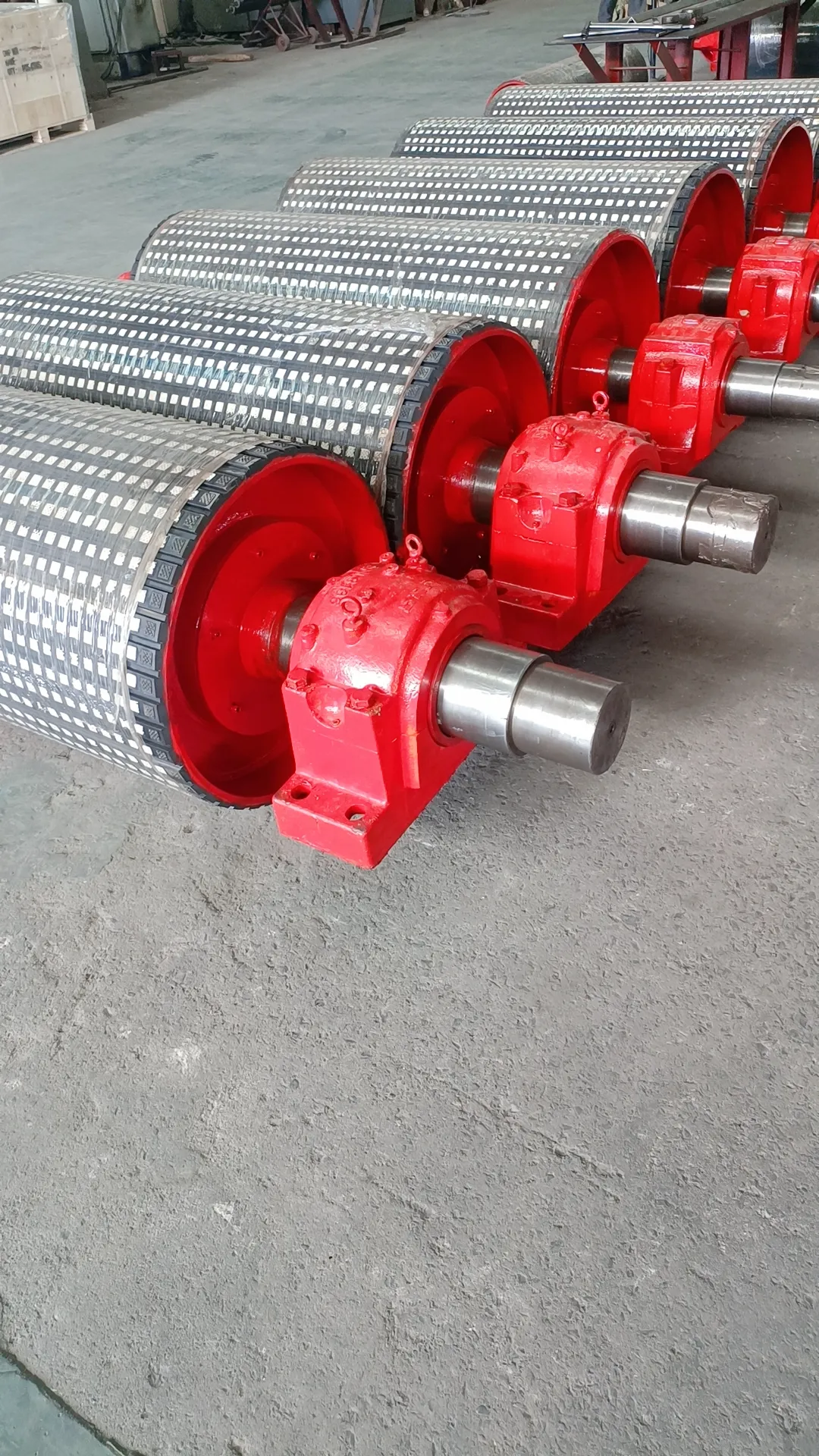 Afrikaans
Afrikaans  Albanian
Albanian  Amharic
Amharic  Arabic
Arabic  Armenian
Armenian  Azerbaijani
Azerbaijani  Basque
Basque  Belarusian
Belarusian  Bengali
Bengali  Bosnian
Bosnian  Bulgarian
Bulgarian  Catalan
Catalan  Cebuano
Cebuano  Corsican
Corsican  Croatian
Croatian  Czech
Czech  Danish
Danish  Dutch
Dutch  English
English  Esperanto
Esperanto  Estonian
Estonian  Finnish
Finnish  French
French  Frisian
Frisian  Galician
Galician  Georgian
Georgian  German
German  Greek
Greek  Gujarati
Gujarati  Haitian Creole
Haitian Creole  hausa
hausa  hawaiian
hawaiian  Hebrew
Hebrew  Hindi
Hindi  Miao
Miao  Hungarian
Hungarian  Icelandic
Icelandic  igbo
igbo  Indonesian
Indonesian  irish
irish  Italian
Italian  Japanese
Japanese  Javanese
Javanese  Kannada
Kannada  kazakh
kazakh  Khmer
Khmer  Rwandese
Rwandese  Korean
Korean  Kurdish
Kurdish  Kyrgyz
Kyrgyz  Lao
Lao  Latin
Latin  Latvian
Latvian  Lithuanian
Lithuanian  Luxembourgish
Luxembourgish  Macedonian
Macedonian  Malgashi
Malgashi  Malay
Malay  Malayalam
Malayalam  Maltese
Maltese  Maori
Maori  Marathi
Marathi  Mongolian
Mongolian  Myanmar
Myanmar  Nepali
Nepali  Norwegian
Norwegian  Norwegian
Norwegian  Occitan
Occitan  Pashto
Pashto  Persian
Persian  Polish
Polish  Portuguese
Portuguese  Punjabi
Punjabi  Romanian
Romanian  Russian
Russian  Samoan
Samoan  Scottish Gaelic
Scottish Gaelic  Serbian
Serbian  Sesotho
Sesotho  Shona
Shona  Sindhi
Sindhi  Sinhala
Sinhala  Slovak
Slovak  Slovenian
Slovenian  Somali
Somali  Spanish
Spanish  Sundanese
Sundanese  Swahili
Swahili  Swedish
Swedish  Tagalog
Tagalog  Tajik
Tajik  Tamil
Tamil  Tatar
Tatar  Telugu
Telugu  Thai
Thai  Turkish
Turkish  Turkmen
Turkmen  Ukrainian
Ukrainian  Urdu
Urdu  Uighur
Uighur  Uzbek
Uzbek  Vietnamese
Vietnamese  Welsh
Welsh  Bantu
Bantu  Yiddish
Yiddish  Yoruba
Yoruba  Zulu
Zulu snub pulley for belt conveyor
Understanding Snub Pulleys for Belt Conveyors
Belt conveyors play an essential role in various industries, facilitating the efficient transportation of materials across various distances. One key component of a belt conveyor system is the snub pulley. This article explores the function, importance, and considerations related to snub pulleys in the context of belt conveyors.
What is a Snub Pulley?
A snub pulley is a type of pulley used to redirect the path of a conveyor belt. Typically positioned near the drive pulley, the snub pulley works by increasing the contact angle between the belt and the drive pulley. This increased contact enhances the friction between the belt and pulley, improving the belt's traction and operational efficiency. In many cases, snub pulleys are employed to achieve specific belt tensions and ensure the smooth operation of the conveyor system.
Functions of Snub Pulleys
1. Increasing Tension One of the primary functions of the snub pulley is to increase the tension in the conveyor belt. Proper tension is crucial as it prevents slippage, which can lead to inefficiencies and potential damage to the belt. By adjusting the angle at which the belt contacts the drive pulley, snub pulleys play a vital role in maintaining the optimal tension required for seamless operation.
2. Redirecting Belt Path Snub pulleys help guide the belt in the desired direction, ensuring it moves along the correct path. This is critical in applications where space is limited or where the conveyor must curve around obstacles.
3. Reducing Wear and Tear Properly positioned snub pulleys can help distribute the load along the conveyor system, minimizing stress on the belt and associated components. This can lead to reduced wear and tear, thereby extending the lifespan of the conveyor system.
4. Facilitating Belt Tracking Snub pulleys assist in maintaining proper belt tracking. Misalignment can lead to uneven wear and can cause the belt to become damaged over time. By ensuring that the belt stays centered, snub pulleys help enhance the overall reliability of the conveyor system.
snub pulley for belt conveyor

Key Considerations in Snub Pulley Design
When designing or selecting snub pulleys for a belt conveyor, several factors need to be considered
- Pulley Material The material of the snub pulley should be durable and resistant to the operating conditions, which may include dust, moisture, and varying temperatures. Common materials include steel, aluminum, and polyethylene.
- Pulley Diameter The diameter of the snub pulley affects the contact area with the belt. A larger diameter may decrease the contact pressure and improve the life of the conveyor belt, but it may also require more space.
- Positioning Proper placement of the snub pulley is crucial for effective tensioning and alignment. The angle of contact between the belt and the snub pulley must be optimized for maximum traction without causing undue friction that could lead to excessive wear.
- Maintenance Regular inspection and maintenance of snub pulleys are essential to ensure their effective operation. This includes checking for wear, misalignment, and any debris that may hinder their performance.
Conclusion
In summary, snub pulleys play an integral role in the functionality of belt conveyors. They not only assist in conserving energy and extending the lifespan of the conveyor system but also contribute to the overall efficiency of material handling operations. Understanding their function and proper implementation can significantly enhance the performance of belt conveyor systems in various industrial applications. By considering design and maintenance factors, operators can ensure that their snub pulleys contribute positively to their conveyor systems' reliability and effectiveness.
-
Revolutionizing Conveyor Reliability with Advanced Rubber Lagging PulleysNewsJul.22,2025
-
Powering Precision and Durability with Expert Manufacturers of Conveyor ComponentsNewsJul.22,2025
-
Optimizing Conveyor Systems with Advanced Conveyor AccessoriesNewsJul.22,2025
-
Maximize Conveyor Efficiency with Quality Conveyor Idler PulleysNewsJul.22,2025
-
Future-Proof Your Conveyor System with High-Performance Polyurethane RollerNewsJul.22,2025
-
Driving Efficiency Forward with Quality Idlers and RollersNewsJul.22,2025





























